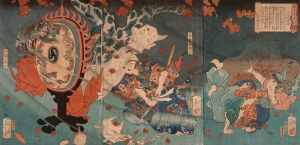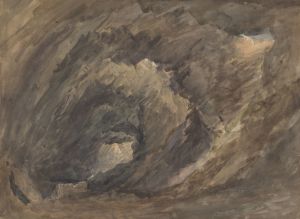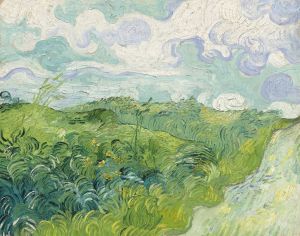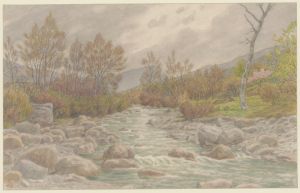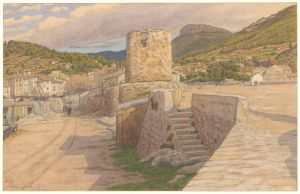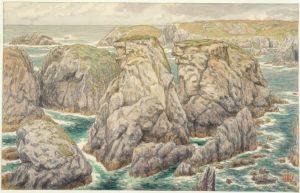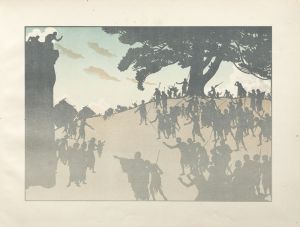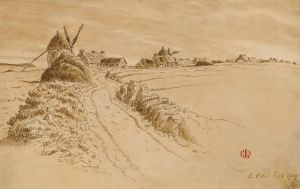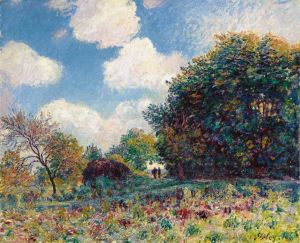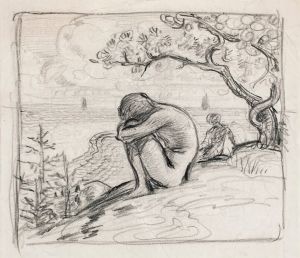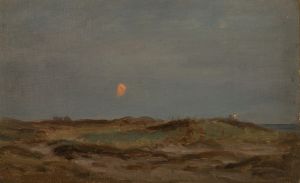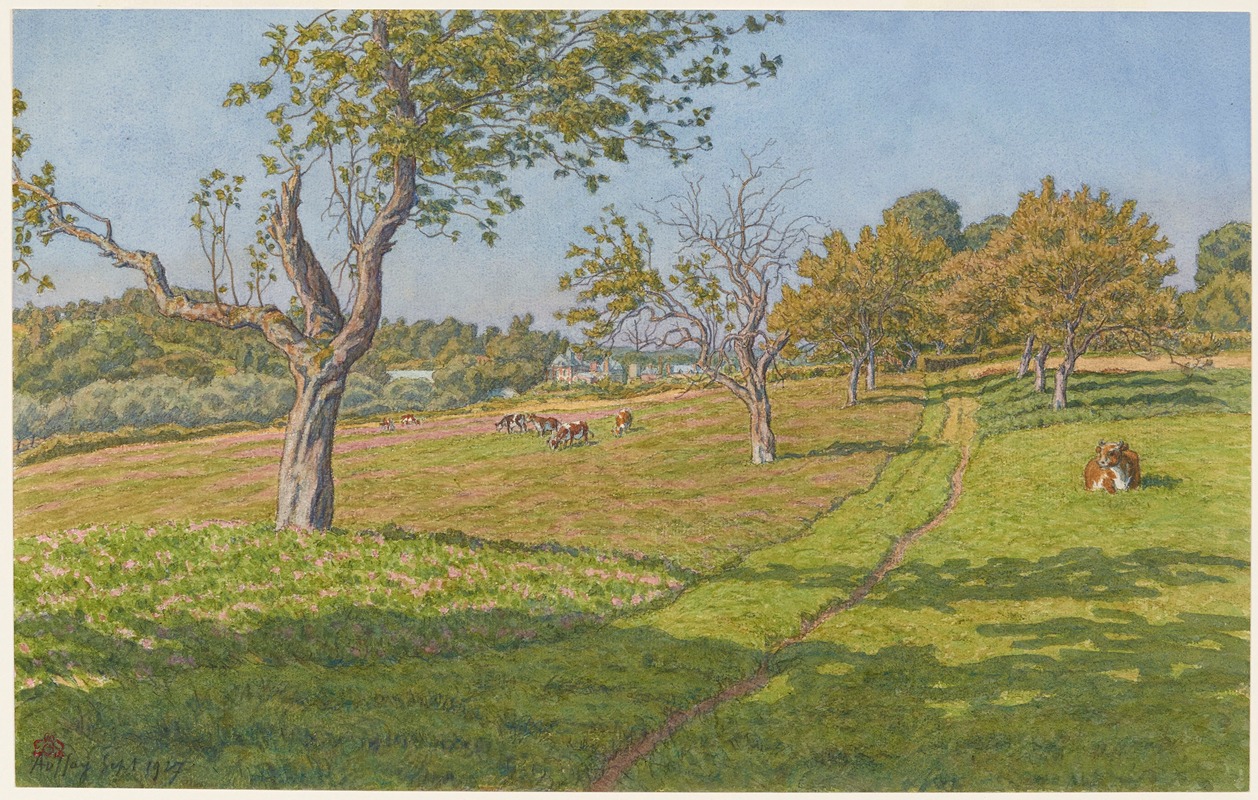
Champs à Auffay
A hand-painted replica of Henri Rivière’s masterpiece Champs à Auffay, meticulously crafted by professional artists to capture the true essence of the original. Each piece is created with museum-quality canvas and rare mineral pigments, carefully painted by experienced artists with delicate brushstrokes and rich, layered colors to perfectly recreate the texture of the original artwork. Unlike machine-printed reproductions, this hand-painted version brings the painting to life, infused with the artist’s emotions and skill in every stroke. Whether for personal collection or home decoration, it instantly elevates the artistic atmosphere of any space.
Henri Rivière (1864–1951) was a French artist known for his innovative contributions to the field of printmaking and his involvement in the fin-de-siècle Parisian art scene. One of his notable works is "Champs à Auffay," which translates to "Fields at Auffay." This piece exemplifies Rivière's mastery in capturing the serene beauty of the French countryside through his unique artistic techniques.
"Champs à Auffay" is a color lithograph, a medium that Rivière excelled in and helped to popularize during his career. Lithography, a method of printing originally based on the immiscibility of oil and water, allowed Rivière to produce works with delicate gradations of color and intricate details. His lithographs often drew inspiration from Japanese woodblock prints, which he greatly admired and collected. This influence is evident in the composition and use of color in "Champs à Auffay."
The artwork depicts a tranquil rural scene in Auffay, a small commune in the Normandy region of France. The fields stretch out under a vast sky, with gentle rolling hills and a scattering of trees. Rivière's use of soft, muted colors and careful attention to light and shadow create a sense of calm and timelessness. The scene is devoid of human figures, focusing instead on the natural landscape and its quiet beauty.
Rivière's approach to "Champs à Auffay" reflects his broader artistic philosophy. He sought to capture the essence of a place and moment, often emphasizing the harmony between nature and human existence. His works are characterized by their simplicity, clarity, and a certain poetic quality that invites viewers to pause and reflect.
Henri Rivière was also a prominent figure in the artistic community of Montmartre, Paris. He was associated with the Chat Noir cabaret, where he initially gained recognition for his shadow theatre performances. These performances involved intricate cut-out figures projected onto a screen, accompanied by music and narration. Rivière's innovative use of light and shadow in these performances would later influence his printmaking techniques.
In addition to his lithographs, Rivière produced a series of etchings and watercolors, further showcasing his versatility as an artist. His works often depicted scenes from everyday life, landscapes, and maritime subjects, all rendered with a keen eye for detail and a deep appreciation for the natural world.
"Champs à Auffay" stands as a testament to Henri Rivière's skill and vision as an artist. It captures a moment of serene beauty in the French countryside, rendered with the precision and sensitivity that characterize his best works. Today, Rivière's contributions to the art of lithography and his influence on the development of modern printmaking are widely recognized and celebrated. His works continue to be admired for their technical excellence and their ability to evoke a sense of peace and contemplation.






